Temp in Well Pit ??????
leadfooter
17 years ago
Related Stories
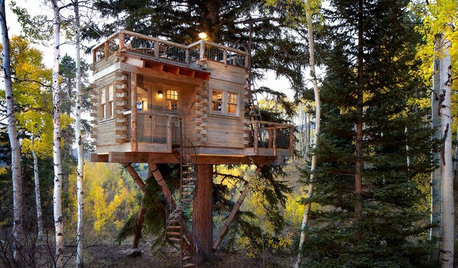
TREE HOUSESHouzz Call: Show Us Your Well-Designed Treehouse or Tree Fort!
Got a great treehouse or tree fort? We want to see it! Post yours in the Comments and we’ll feature the best in a future article
Full Story
KITCHEN DESIGN7 Strategies for a Well-Designed Kitchen
Get a kitchen that fits your lifestyle and your design tastes with these guidelines from an architect
Full Story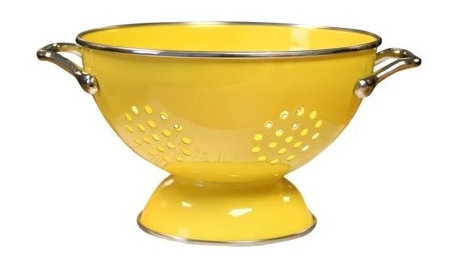
PRODUCT PICKSGuest Picks: The Well-Stocked Starter Kitchen
We’ve got all the kitchen basics and tableware you need (or that recent grad needs) to make cooking a joy
Full Story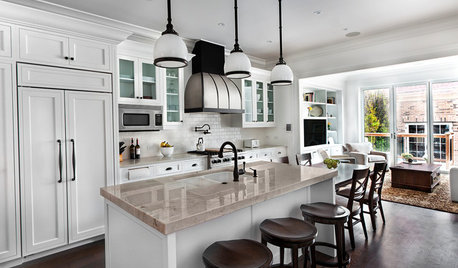
KITCHEN OF THE WEEKKitchen of the Week: Good Flow for a Well-Detailed Chicago Kitchen
A smart floor plan and a timeless look create an inviting kitchen in a narrow space for a newly married couple
Full Story
GARDENING GUIDESHow to Keep Your Citrus Trees Well Fed and Healthy
Ripe for some citrus fertilizer know-how? This mini guide will help your lemon, orange and grapefruit trees flourish
Full Story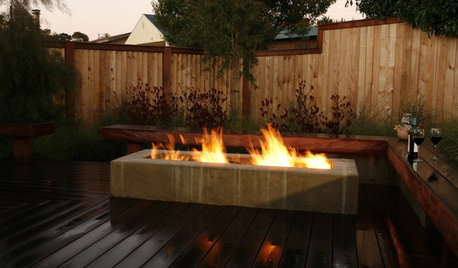
GARDENING AND LANDSCAPING16 Fire Pits to Fit Into Your Landscape
A Warming Fire Keeps the Party Going Outdoors
Full Story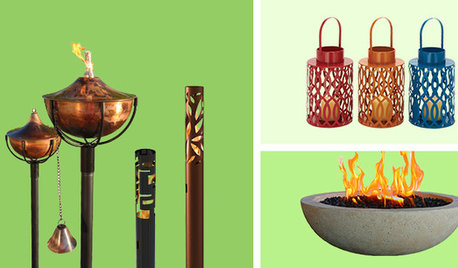
SHOP HOUZZShop Houzz: Up to 75% Off String Lights, Fire Pits and Torches
Light up the night outdoors with fun and festive illumination on sale
Full Story0
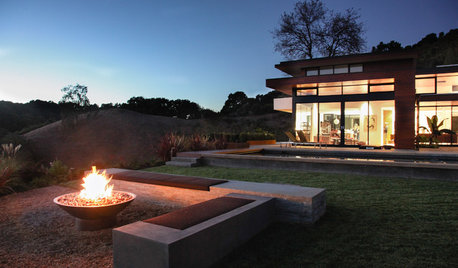
GARDENING AND LANDSCAPINGEco-Friendly Fire Pits: Casting Backyard Campfires in a New Light
Wood burning may be discouraged — even illegal in places — but that needn't mean forsaking the fire pit. Try one of these alternatives
Full Story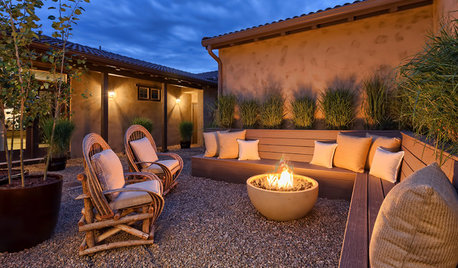
GARDENING AND LANDSCAPINGNew This Week: 3 Fire Pits Herald the Start of Summer
Toast summer — and marshmallows — with these sizzling fire pit designs recently uploaded to Houzz
Full StorySponsored
Central Ohio's Trusted Home Remodeler Specializing in Kitchens & Baths
More Discussions






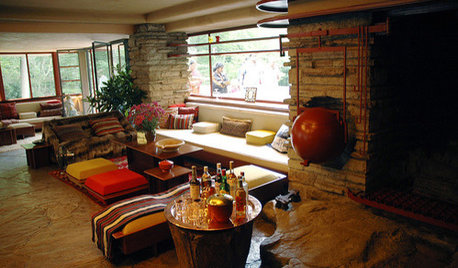
pinocchio
pjb999
Related Professionals
Boise Plumbers · Apex Kitchen & Bathroom Remodelers · Auburn Kitchen & Bathroom Remodelers · Channahon Kitchen & Bathroom Remodelers · Chicago Ridge Kitchen & Bathroom Remodelers · Durham Kitchen & Bathroom Remodelers · Glen Carbon Kitchen & Bathroom Remodelers · Key Biscayne Kitchen & Bathroom Remodelers · Overland Park Kitchen & Bathroom Remodelers · Patterson Kitchen & Bathroom Remodelers · Pico Rivera Kitchen & Bathroom Remodelers · Richland Kitchen & Bathroom Remodelers · Santa Fe Kitchen & Bathroom Remodelers · Southampton Kitchen & Bathroom Remodelers · Fairmont Kitchen & Bathroom Remodelerspinocchio
leadfooterOriginal Author
pinocchio
pjb999
lazypup
mark_fleming
pinocchio
mark_fleming
suburbanmd